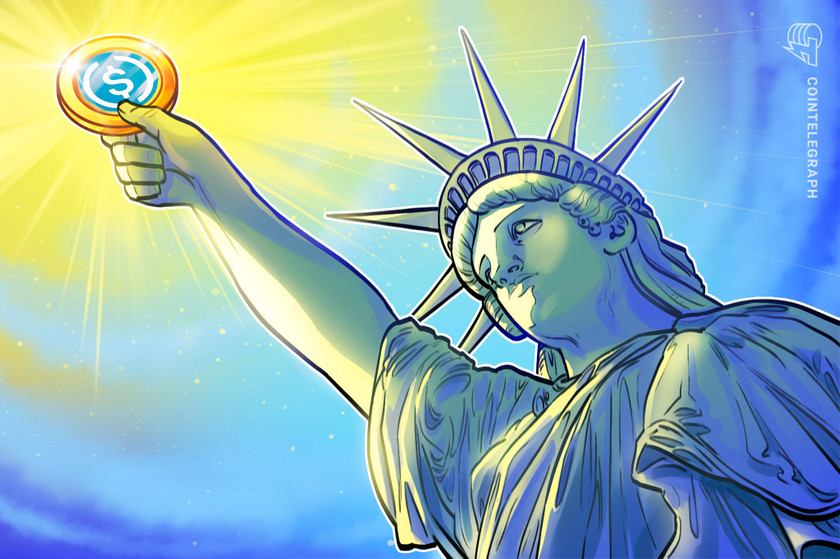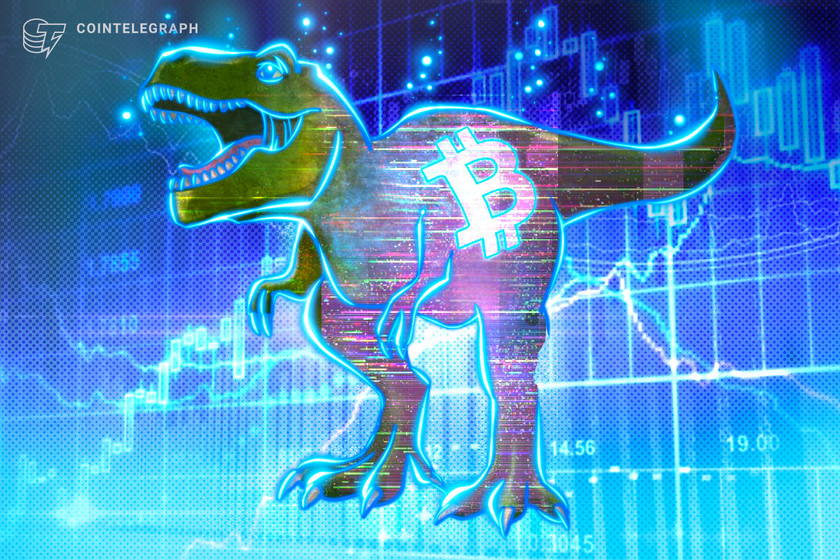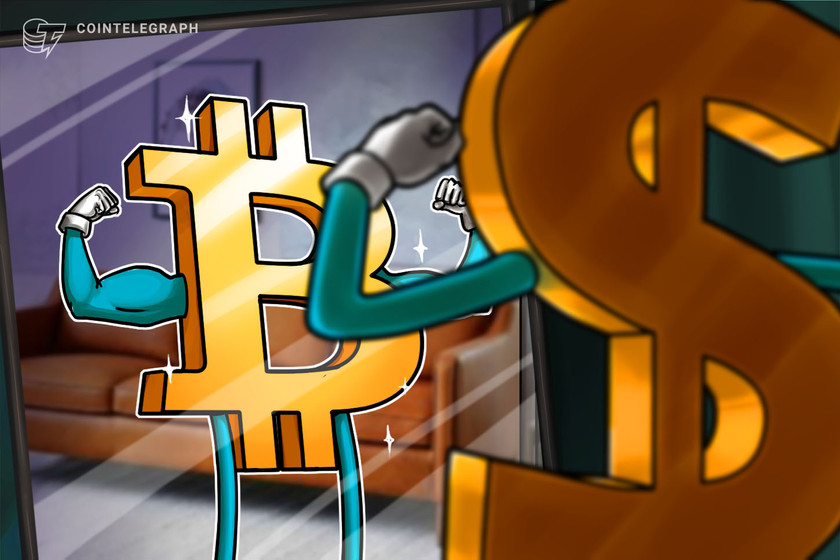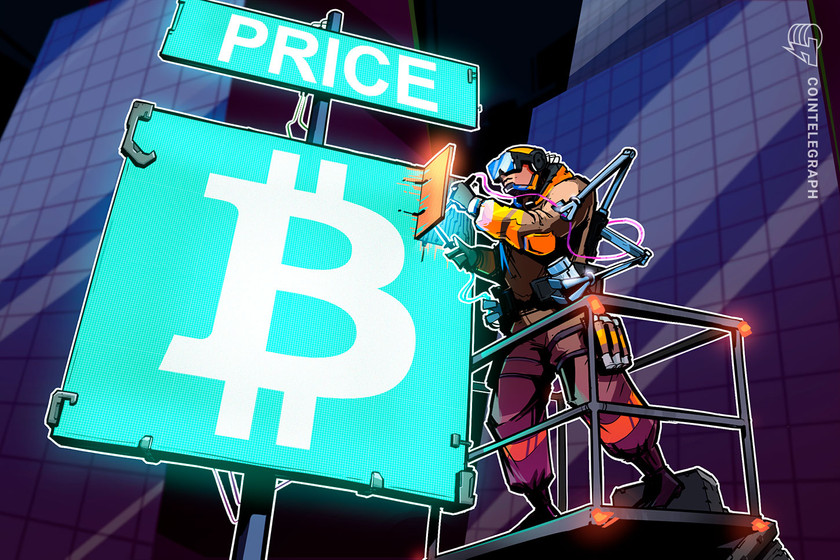Binance pushes back against report stablecoin isn’t fully backed



The crypto exchange said there was a “timing mismatch in backing Binance-Peg BUSD with BUSD” that seemingly showed data in which the stablecoin was not fully backed.
Major crypto exchange Binance initially pushed back against a Bloomberg report that its Binance-Peg BUSD stablecoin “doesn’t always appear to have been completely backed by BUSD”.
In a Jan. 10 blog post, Binance said the basis for the report — which was later amended to clarify the difference between a pegged and backed stablecoin — was a “timing mismatch in backing Binance-Peg BUSD with BUSD”. Based on an analysis from ChainArgo co-founder Jonathan Reiter, the news outlet reported that the Binance-peg BUSD was often undercollateralized between 2020 and 2021, a gap that sometimes exceeded $1 billion.
However, according to the exchange, its Binance USD (BUSD) stablecoin was “fully backed by USD cash and cash-equivalent reserves” and the Binance-Peg BUSD was fully backed by BUSD. The reported mismatch seemingly showed data in which the stablecoin was not fully backed at times.
“Despite variances in the data, at no point were redemptions impacted for users,” said Binance. “There is also no impact to BUSD on ERC-20 issued by Paxos, which is regulated by the NYDFS, audited monthly and backed by USD cash and cash-equivalent reserves.”


Regulators and media outlets seemingly turned more of their attention to stablecoins following the collapse of Terraform Labs and its TerraUSD token — now TerraClassicUSD. The crypto platform was one of the first in 2022 in a series of bankruptcies and failures that included Voyager Digital, Celsius Network, BlockFi and FTX, affecting thousands if not millions of users in the crypto space.
Related: Hong Kong lawmaker wants to turn CBDC into stablecoin featuring DeFi
Tether, one of the largest stablecoins by market capitalization, came under fire for similar allegations that its USDT tokens were not fully backed starting with a 2019 lawsuit. In September, a U.S. judge ordered Tether to provide evidence its USDT was backed 1:1. Bitfinex and Tether also reached a settlement with the Office of the New York Attorney General in 2021, agreeing to pay $18.5 million for misrepresenting the degree to which USDT was backed.





































